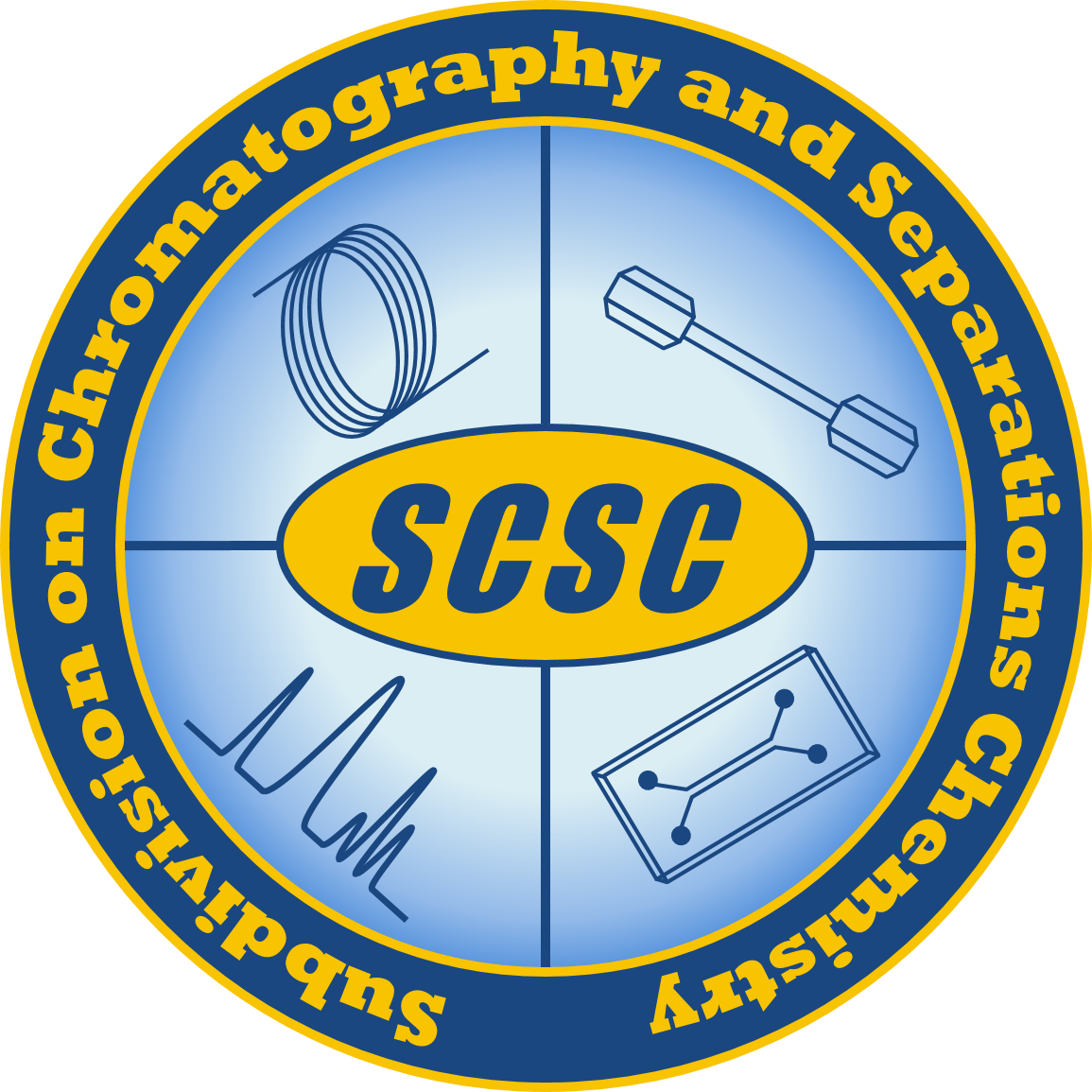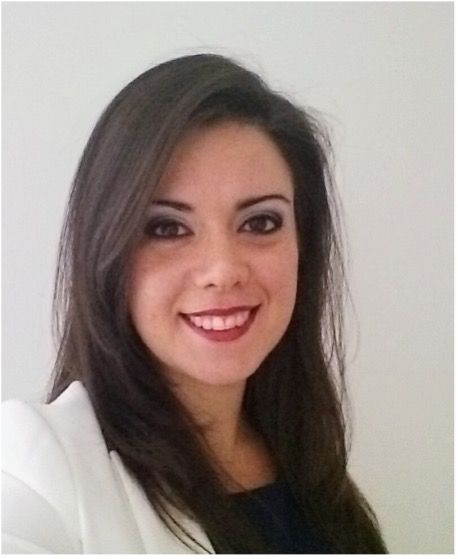The LCGC Blog: To Prep or Not to Prep? That is the Question…

This blog is a collaboration between LCGC and the American Chemical Society Analytical Division Subdivision on Chromatography and Separations Chemistry.
Separation science is an intriguing and challenging (yes, let’s admit it) interdisciplinary field. Many of our daily rituals depend on effective chemical separations. This includes our much-needed morning coffee or tea!
Among the separation science subdisciplines, chromatography has surely played a dominant role in enabling separations of complex mixtures by exquisitely coupling fundamental knowledge with technological advancement. In my opinion, one of the major strengths of chromatography is the solid, fundamental understanding that many research groups in the world have tirelessly worked on building for the scientific community.
In the realm of separation methods, analytical extraction and sample preparation can be considered the “Cinderella” subfield—it is often overlooked and its attributes and value are unrecognized. Everyone needs to prepare and extract their samples prior to introduction into separation or detection systems, however, a lesser number of users fully understands the fundamental concepts and the fascinating interplay of chemistry, physics, engineering, and material science that govern analytical extraction processes.
After starting my independent academic career and being responsible for mentoring graduate and undergraduate students, the words of my post-doctoral advisor, Prof. Janusz Pawliszyn, still resonate loudly in my mind: “You need to understand the fundamentals!” This was the common refrain we heard at every group meeting at the University of Waterloo. I must admit that now, the same words often come up during my group meetings at the University of Toledo.
Understanding the fundamentals of extraction methodologies is in fact critical for research and development in academia as well as in industrial settings, and can enable chromatographers to find smart solutions to tackle the complex composition of different types of samples.
To achieve this understanding, it is important to focus not only on the number of applications that a certain extraction methodology can accomplish but also on what drives the performance of that methodology in terms of extraction efficiency, selectivity, and compatibility to separation and detection platforms. Concepts of mass transfer, analyte and extraction phase interactions, adsorption isotherms, matrix effects, and matrix compatibility must be very well studied and understood, to properly tune extraction methods to diverse samples and analytical needs.
In this context, educators play a critical role in raising awareness about the science behind analytical extraction methodologies. More efforts should be made to include this topic in analytical chemistry curricula both at the graduate and undergraduate levels. On the other hand, a challenge for educators is to find textbooks that specifically focus on analytical sample preparation, rather than relying on more generic textbooks that only describe a few of these techniques in the last few paragraphs of chapters on chromatographic techniques. To the best of my knowledge, only a few textbooks provide a comprehensive overview of extraction techniques from an analytical perspective(1–3). As my contribution to the cause, I was able to redesign my “CHEM 8310 Advanced Analytical Chemistry” course to provide a detailed description of analytical sample preparation and extraction methods suitable to small molecules, macromolecules, and inorganic species. It was rewarding to notice how the attendance for this course expanded from chemistry and biochemistry students to pharmacy and chemical engineering students as well.
The lack of understanding of the role of sample preparation goes beyond the educational aspect, however. When I interact with peers, a question that often comes up is, Why would I spend time on sample prep when I can just use an advanced separation system or the powerful high-res mass spectrometer? That is a legit question for sure, and different points of view make science interesting.
My take is this: Why wouldn’t you spend some time on your sample prep to avoid garbage-in–garbage-out effects and repetitive maintenance on your system after injecting dirty samples? Why wouldn’t you want to get a clean chromatogram when you can? Lucky you, if you have access to very sophisticated instrumentation or to a very talented instrument repairperson, but not every lab can.
We all too often see analytical sample preparation tools sold as a “kit” to extract specific analytes from defined samples and aimed to simplify the analyst’s work. While this approach works very conveniently for routine analysis, it has given the wrong impression over the years that all sample prep researchers do are easy and repetitive protocols such as passing a sample through a solid-phase extraction (SPE) cartridge or immersing a solid-phase microextraction (SPME) fiber in a liquid.
The potential of extraction methodologies goes beyond the traditional misconceptions. Simply optimizing and validating analytical methods is not all that scientists devoted to sample prep should and can do.
Today’s scientific community has access to a very diverse “sample prep toolbox” that includes exhaustive and non-exhaustive techniques, micro-scale approaches, and more. Let’s make the effort not to limit sample prep research to the analysis of n analytes in n+1 samples, and utilize what every sample prep technique has to offer to study more in-depth biological phenomena, chemical and physical transformations, and phase distribution, to mention few applications.
I also want to emphasize here that strategizing the proper extraction approach can facilitate complex chromatographic separations as well. In fact, I strongly agree with my colleague Flavio A. Frachina when he mentions that coupling the proper extraction method with chromatographic separation platforms is “the most powerful analytical alliance” in modern separation science (4).
I would like to conclude by saying that it is important to acknowledge that no sample preparation or extraction technique is a panacea. Therefore, to know what’s best for your specific analytical needs,“You need to understand the fundamentals!”
References
1.S. Mitra, Sample Preparation Techniques in Analytical Chemistry Sample Preparation Techniques in Analytical Chemistry (John Wiley & Sons, Inc., 2003). doi:10.1002/0471457817
2.J.B. Pawliszyn, J.M. Bayona, P. Dugo, X.C. Le, H.K. Lee, X.-F. Li, and H L. Lord, Comprehensive Sampling and Sample Preparation - 1st Edition, 1st Ed. (Elsevier, 2012).
3.J. Pawliszyn and H.L. Lord, Handbook of Sample Preparation Handbook of Sample Preparation (John Wiley and Sons, 2011). doi:10.1002/9780813823621
4.F.A. Franchina, D. Zanella, L.M. Dubois, and J.F. Focant, J Sep Sci 44(1), 188–210 (2021).doi:10.1002/jssc.202000855

Emanuela Gionfriddo is an Assistant Professor of Chemistry at the Department of Chemistry and Biochemistry of The University of Toledo (Ohio). Research work in Gionfriddo’s laboratory focuses on the development of advanced analytical separation tools for the analysis of complex biological and environmental matrices, with emphasis on alternative green sample preparation methodologies. She received her BSc (2008) and MSc (2010) in Chemistry and her PhD in Analytical Chemistry (2013) at the University of Calabria (Italy). She joined Prof. Pawliszyn’s group at the University of Waterloo (Ontario, Canada) in 2014 as Post-Doctoral Fellow and manager of the Gas-Chromatography section of the Industrially Focused Analytical Research Laboratory (InFAReL), and within three years became a Research Associate. Gionfriddo has currently authored more than 50 peer-reviewed contributions including a patent on PTFE-based SPME coatings. Gionfriddo is one of the founding members of the Dr. Nina McClelland Laboratory for Water Chemistry and Environmental Analysis at The University of Toledo and she is on the Ohio Attorney General Yost’s Environmental Council of Advisors. She also serves on the executive committee of the ACS Subdivision on Chromatography and Separations Chemistry. Her research program is currently funded by the National Oceanic and Atmospheric Administration and several industrial partnerships.

This blog is a collaboration between LCGC and the American Chemical Society Analytical Division Subdivision on Chromatography and Separations Chemistry (ACS AD SCSC). The goals of the subdivision include
- promoting chromatography and separations chemistry
- organizing and sponsoring symposia on topics of interest to separations chemists
- developing activities to promote the growth of separations science
- increasing the professional status and the contacts between separations scientists.
For more information about the subdivision, or to get involved, please visit https://acsanalytical.org/subdivisions/separations/.
New Study Reviews Chromatography Methods for Flavonoid Analysis
April 21st 2025Flavonoids are widely used metabolites that carry out various functions in different industries, such as food and cosmetics. Detecting, separating, and quantifying them in fruit species can be a complicated process.

.png&w=3840&q=75)

.png&w=3840&q=75)



.png&w=3840&q=75)



.png&w=3840&q=75)





